It’s no secret that the explosive rise of generative artificial intelligence like ChatGPT is set to make some jobs obsolete; however, it’s also going to create some new jobs. One such new exciting role that has been slowly gaining momentum is “prompt engineering.”
Prompt engineering is the process of refining interactions with AI systems, such as ChatGPT, to produce optimal responses. A prompt engineer crafts the right question or command that will guide the AI to deliver the most accurate and useful answer.
In this article, we’ll explore the fascinating world of prompt engineering. We’ll discuss the process of prompt engineering, highlight its real-world applications and impacts, and examine some of its challenges and limitations.
Let’s get into it!
What is Prompt Engineering?

If you pay any attention to news about artificial intelligence, then you’ll often come across the term “prompt engineering.” But what exactly does this mean?
Simply put, prompt engineering is the practice of crafting effective queries or inputs — referred to as prompts — to guide an AI language model towards generating desired responses.
Large language models like OpenAI’s GPT-4 are very advanced conversation partners that use natural language processing to understand and generate human-like text; however, they rely on prompts to kick-start the conversation. The way you phrase a question or command has a significant impact on the response you receive.
Take, for instance, a scenario where you’re seeking to know the capital of France from a language model. If you provide a vague input like “France,” the AI model may not understand what specific information you’re looking for.
It could return various results, such as information on France’s geography, history, or economy.

However, if you tailor the prompt to be more specific, like “What is the capital of France?”, the model will likely give you the exact answer you need: “Paris.”
Prompt engineering is not limited to simple fact-finding queries. It applies to a wide range of applications, from generating creative content and providing personalized recommendations, to automating customer service and aiding in scientific research.
In these more complex situations, prompt engineering requires adding more context, fine-tuning the phrasing, or experimenting with other factors that could influence the model’s output.
The significance of prompt engineering has been amplified with the advent of more powerful language models. These models generate responses based on their training data and the specific prompt they’re given, meaning the crafting of prompts is critical in harnessing their full potential.
It’s an art and a science, merging linguistic nuance with technical understanding, and it’s becoming an essential skill as we deepen our interaction with AI systems.
In the next section, we’ll take a look at what the prompt engineering process looks like.
What is the Prompt Engineering Process?
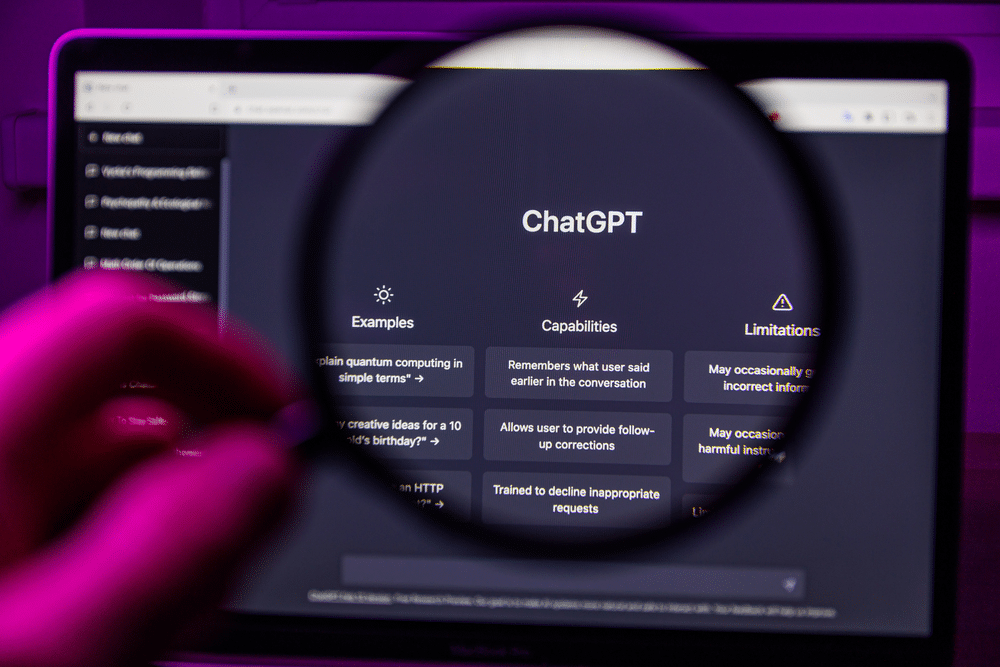
Diving into the world of prompt engineering, one might wonder what the process actually looks like.
While it might seem like a straightforward task of formulating questions or statements for an AI model, the reality involves a well-structured, iterative process.
Let’s break it down and explore some tangible examples to get a better grasp of the process.
1. Defining the goal: The first step in the process of AI prompt engineering involves setting a clear objective. What do you want the AI to generate? If you’re a content creator looking for blog ideas about renewable energy, your goal might be to have the AI generate a list of potential blog titles or topics.
2. Crafting the initial prompt: With the goal in mind, it’s time to draft an initial prompt. This could take the form of a question, a command, or even a scenario, depending on the goal. Following the previous example, the initial prompt might be, “Suggest five blog post topics about renewable energy.”
3. Testing the prompt: The initial prompt is then input into the language model, and the response is analyzed. Here, the model might generate a list of general renewable energy topics. While these might be relevant, they could lack the unique angle or specificity you hoped for.
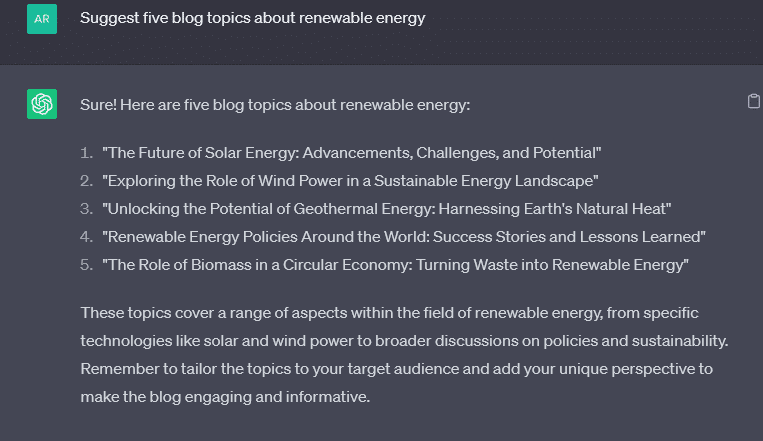
4. Analyzing the response: This step involves carefully reviewing the output generated by the AI. Does it align with your goal? If it doesn’t fully match your expectations, note down the areas where it fell short. In our blog topic generation example, you might find that the topics lack specificity or are too general.
5. Refining the prompt: With the insights gathered from testing and analysis, it’s time to revise the prompt. This could involve making it more specific, adding more context, or changing the phrasing. For instance, you could refine the initial prompt to: “Suggest five blog topics focusing on innovative solutions in the renewable energy sector.”
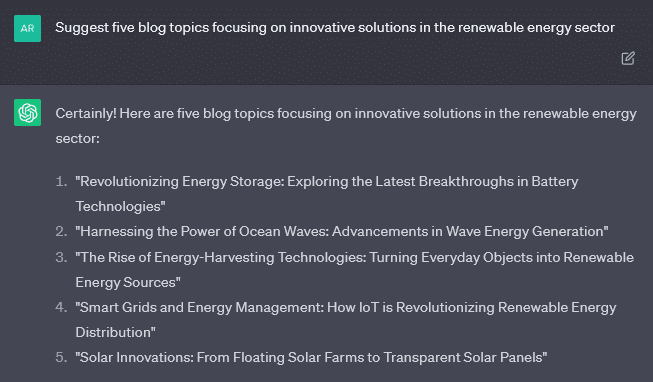
6. Iterating the process: The testing, analyzing, and refining steps are repeated until you’re satisfied that the prompt consistently guides the model toward generating the desired response. In the blog topic generation example, this might involve several iterations until the model suggests topics that are unique, specific, and aligned with your needs.
7. Implementation: Once the prompt consistently yields the desired results, it’s ready to be deployed in real-world applications, whether it’s part of a chatbot conversation, an AI-powered research tool, a content generator, or any other application.
Prompt engineering is a fascinating blend of analytical thinking, creativity, and technical acumen. It’s not just about asking questions — it’s about learning to ask the right questions in the right way to elicit the most useful responses.
As we continue to refine our understanding of language models and develop more advanced prompt engineering techniques, the possibilities for what we can achieve with AI are virtually limitless.
With that in mind, let’s take a look at some projects prompt engineers would work on in the next section.
What Does a Prompt Engineer Do?
So what exactly does a prompt engineer do?
Essentially, a prompt engineer leverages their understanding of AI and language models to craft effective prompts that guide AI systems toward generating desired responses.
Let’s walk through a few examples of how a prompt engineer operates in various scenarios:
Example 1: Customer Support Chatbot
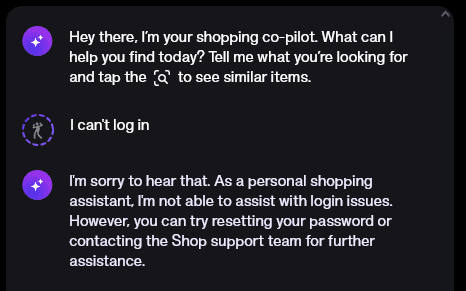
Imagine a company that wants to implement a chatbot to handle common customer queries. A prompt engineer would work to design prompts that can extract necessary information from customers to better assist them.
For instance, if a customer states, “I can’t log in,” the prompt engineer might design the chatbot to respond with, “I’m sorry to hear you’re having trouble. Are you receiving any error messages when you try to log in?” This prompt is designed to extract more specific information to help resolve the issue.
Example 2: AI-Assisted Content Generation
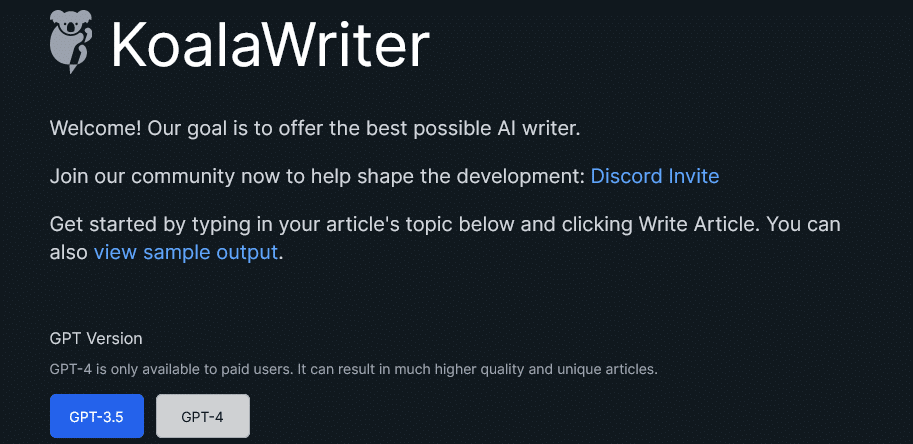
In another scenario, let’s say a writer is using an AI tool to generate content ideas. A poorly designed prompt like “ideas” would yield an array of unrelated topics.
A prompt engineer would craft a more precise prompt, such as, “Generate five blog topic ideas related to sustainable fashion trends in 2023.” This prompt is more likely to produce the targeted results the writer needs.
Example 3: AI in Scientific Research

Consider a researcher using AI to analyze a vast amount of data and generate hypotheses. The researcher might initially prompt the model with, “Analyze data.” But this vague prompt could lead to an unfocused analysis.
A prompt engineer would instead help refine the prompt to be more specific, like, “Analyze data to identify potential correlations between variable A and variable B.”
A key aspect of a prompt engineer’s role is the iterative process of testing and refining prompts based on the model’s responses. This often requires multiple cycles of adjustments to guide the AI system toward generating the best possible response.
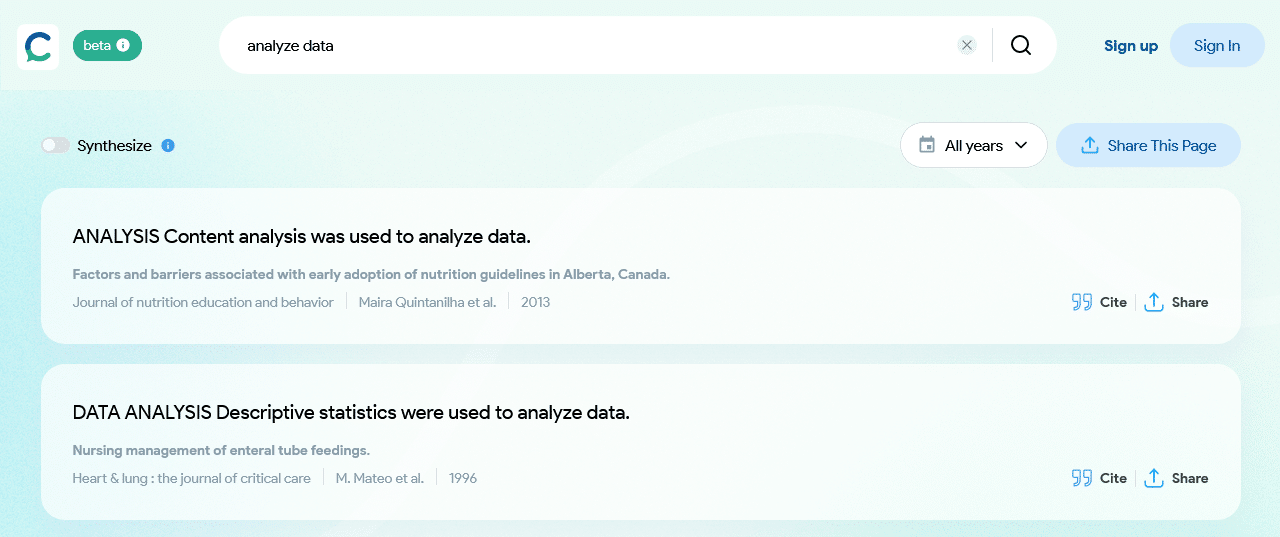
In sum, a prompt engineer blends technical understanding with linguistic finesse to shape our interactions with AI.
They are an essential part of any team seeking to leverage the power of AI language models, and their work is pivotal in making these complex tools accessible, useful, and efficient for a range of applications.
Does Prompt Engineering Require Coding?

A common question around prompt engineering is whether it requires coding skills. The short answer is: not necessarily, but it can help.
In essence, prompt engineering is more about understanding how language models work and crafting effective prompts to guide them toward a specific output.
While you don’t need to have a computer science degree or be a machine learning engineer, the job requires a solid grasp of the principles of language, the ability to think analytically and creatively, and an understanding of the AI models and AI systems you’re working with.
That said, some familiarity with programming can be beneficial, particularly in more technical or advanced applications of prompt engineering.
For instance, when working with language models like GPT-4, you typically interact with them via an API, and a critical aspect of that is writing code.
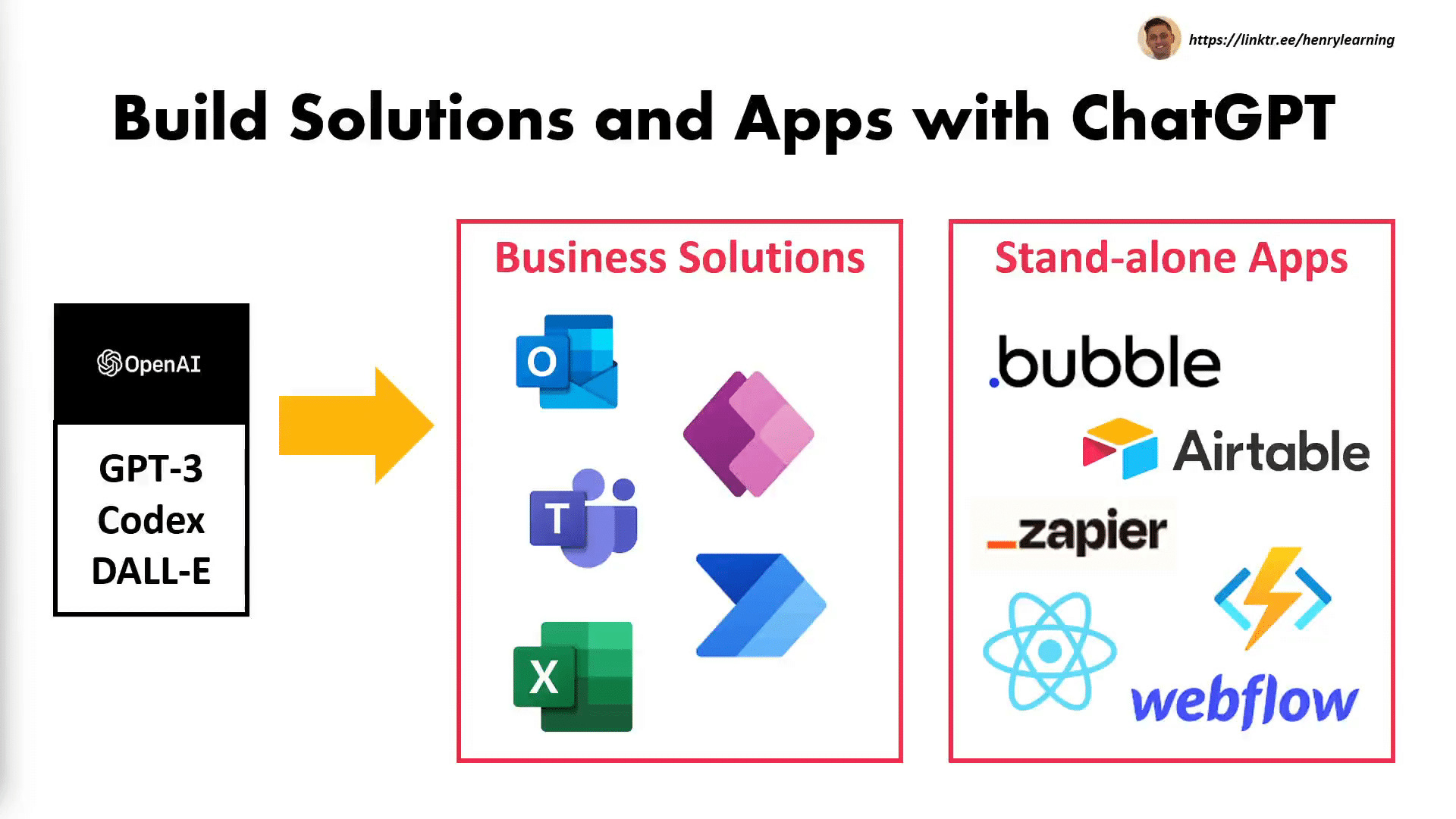
Additionally, if you want to implement more complex prompting strategies, such as dynamically adjusting prompts based on the model’s previous responses or the user’s inputs, a tech background would be necessary.
Moreover, if you’re interested in using reinforcement learning to fine-tune a language model to respond better to certain types of prompts for more complex tasks, this would also require coding skills, as well as a deeper understanding of machine learning principles.
In conclusion, while you can get started with prompt engineering without any coding skills, having some proficiency in programming can open up more opportunities and allow you to engage with the field at a deeper level.
The good news is that there are plenty of resources available for those interested in learning to code, many of which are freely accessible online.
How Do You Become a Prompt Engineer?

Given the growing importance of prompt engineering in the world of AI, it’s no surprise that many people are interested in pursuing it as a career or integrating it into their existing roles. But how do you become a prompt engineer?
Here are some steps from professional prompt engineers:
1. Get familiar with AI and machine learning: Understanding the basic principles of AI and machine learning is essential for anyone considering a prompt engineer job. There are many online courses and resources available that can provide a solid foundation in these areas.
2. Learn about language models: Since prompt engineering is primarily about interacting with language models, a deep understanding of these models is crucial. Learn about different AI systems and AI models like BERT, GPT-3, GPT-4, and others, and understand how they’re trained and how they generate responses.
3. Experiment with large language models: Hands-on experience is one of the best ways to learn if you’re interested in prompt engineering jobs. Many AI research organizations, including OpenAI, provide APIs that allow you to interact with their language models. Try crafting different prompts and observe how the model responds.
4. Understand prompting techniques: As you experiment with language and machine learning models, you’ll start to notice patterns in how they respond to different prompts. Research and learn about different prompting techniques to get a better understanding of how to guide a model’s output effectively.
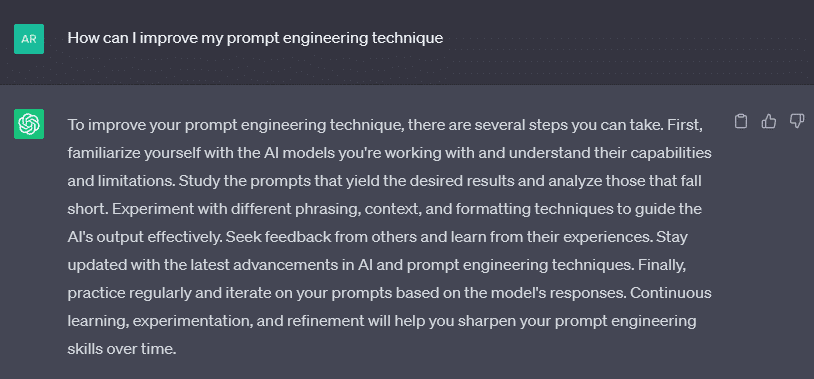
5. Possess or develop strong linguistic skills: A good prompt engineer needs to have a strong command of language and be able to think creatively and analytically about how different prompts might influence a model’s responses.
6. Learn to code (optional but recommended): While not strictly necessary, coding skills can greatly enhance your capabilities as a prompt engineer. Learning a programming language like Python, which is commonly used in AI and machine learning, can be particularly beneficial.
7. Stay up-to-date: The field of AI is rapidly evolving, and new techniques and models are being developed all the time. Stay up-to-date with the latest research and developments to ensure that your skills remain relevant.
8. Gain experience: Finally, the best way to become proficient in prompt engineering is through experience. Whether you’re working on your own projects, collaborating with others, or employed in a role that involves prompt engineering, continued practice is key.
Becoming a prompt engineer is more of a journey than a destination. It involves continual learning and practice, but for those intrigued by the intersection of language, creativity, and AI, it can be a rewarding and fulfilling path.
How to Make Money with Prompt Engineering?
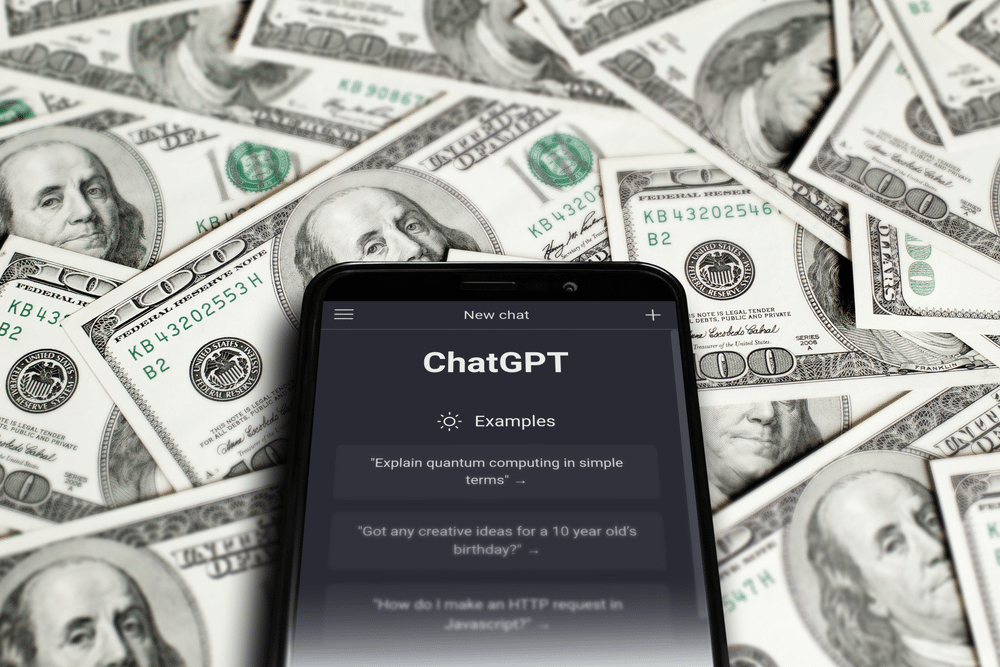
As AI continues to permeate every facet of our lives, the role of prompt engineering has become more important and lucrative. But how does one go about making money in this emerging field? Here are some potential avenues for monetizing your prompt engineering skills.
1. Full-time employment: As AI language models become integral to more businesses and services, many companies are hiring full-time prompt engineers to help refine their AI interactions. These roles can be found in a wide array of industries, from tech firms and AI startups to larger corporations that are integrating AI into their services. Keep an eye on job listings in AI, machine learning, and data science sectors to find these opportunities.
2. Freelancing: If you prefer a more flexible work arrangement, freelancing as a prompt engineer could be an excellent option. Many businesses require AI optimization but don’t have the need or resources for a full-time employee. You can offer your services on freelance platforms like Upwork or PromptBase, or create your own website to attract clients.

3. Consulting: If you’ve built a strong reputation and have extensive experience in prompt engineering, you could consider offering consulting services. Many organizations are just beginning to explore AI applications and would value expert guidance on how to effectively interact with AI models.
4. Training and education: As an emerging field, there’s a growing demand for education in prompt engineering. You could create an online course, offer personalized training sessions, or even write a book on the subject.
5. AI content creation: Prompt engineers can also make money by using their skills to generate AI-created content. This might involve writing AI-generated articles, books, or other forms of content that can be sold or used for marketing.
6. Building and selling AI tools: If you have the technical skills and are experienced with programming languages, you can build AI tools that leverage effective prompt engineering. These tools could then be sold to businesses or individuals.
As with any field, your ability to make money as a prompt engineer will depend on several factors, including your level of expertise, your reputation, and the market demand for your services.
It’s also a rapidly evolving field, so staying up-to-date with the latest developments in AI and machine learning will be essential for success.
With the right skills and a proactive approach, there’s no limit to the opportunities in the exciting world of prompt engineering!
Final Thoughts
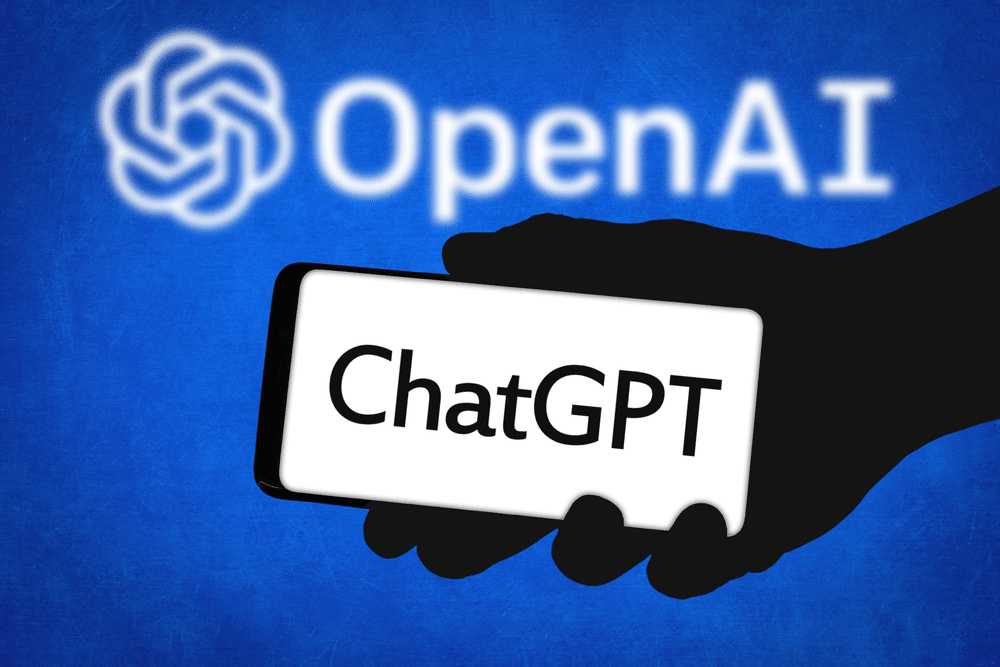
As we’ve explored in this guide, prompt engineering stands at the exciting intersection of language, technology, and creativity.
This emerging field is becoming an essential cog in the machinery of artificial intelligence, helping us communicate more effectively with AI and making these powerful tools more accessible and practical.
While at its core, prompt engineering involves crafting inputs to guide AI language and machine learning models, it’s much more than just asking questions or giving commands. It’s about understanding how these models respond to different prompts, iterating and refining these prompts to align the model’s output with our goals.
Prompt engineering is already finding applications across various sectors — from content generation to customer service, from data analysis to education. And as AI continues to evolve and mature, it’s likely that the importance and influence of prompt engineering will only grow.
Whether you’re an AI enthusiast, a developer, a content creator, or just curious about the future of technology, understanding prompt engineering can equip you with a valuable skill set!
If you want to learn more about how ChatGPT and generative AI will change the world, check out the video below:












